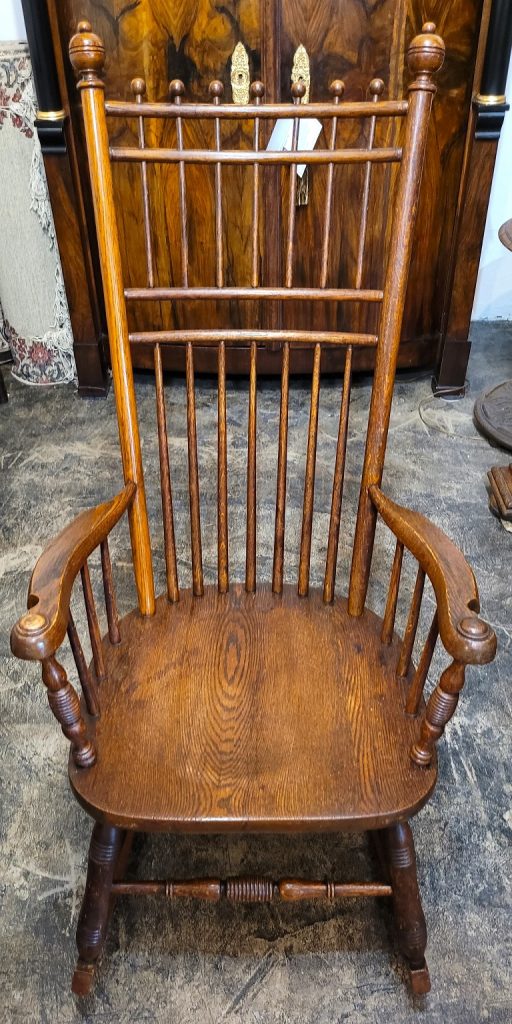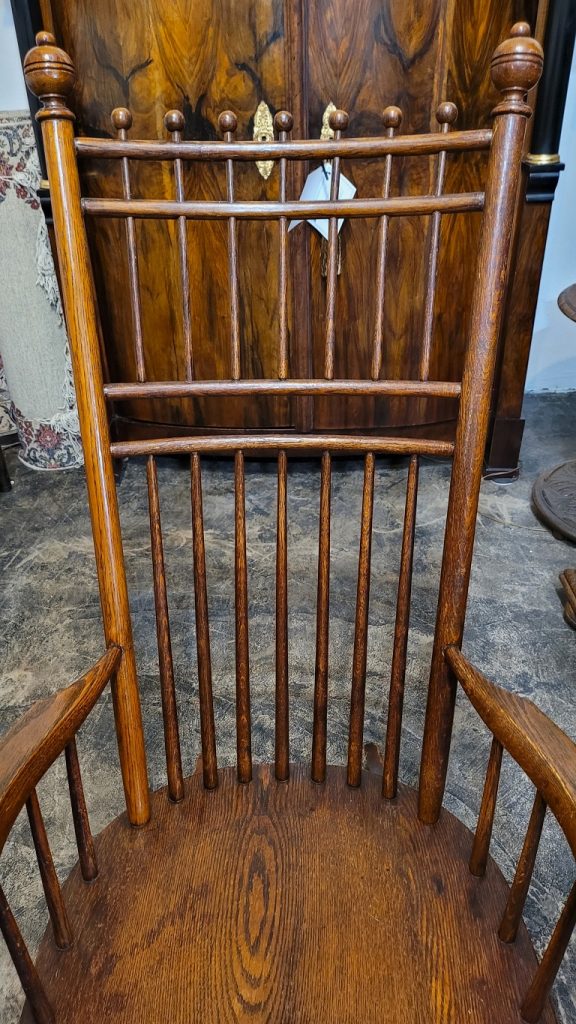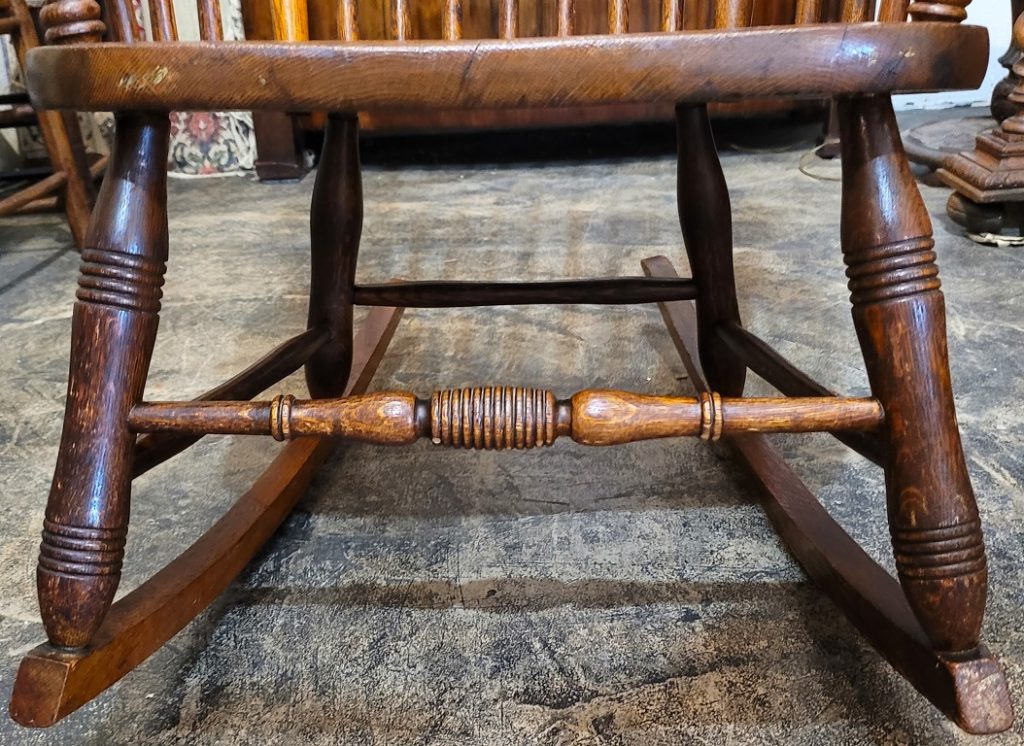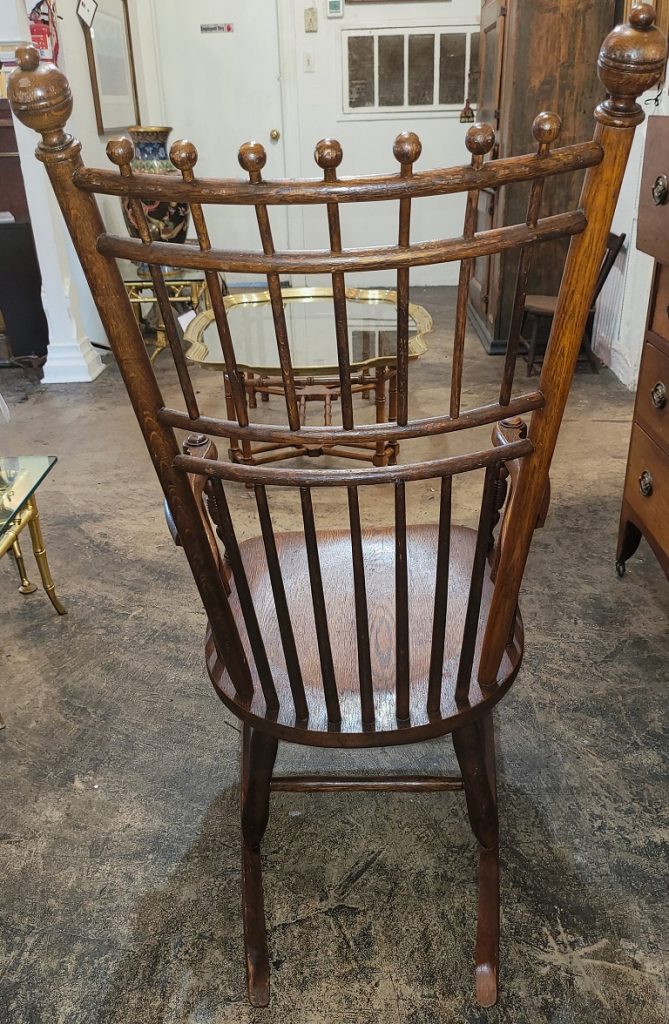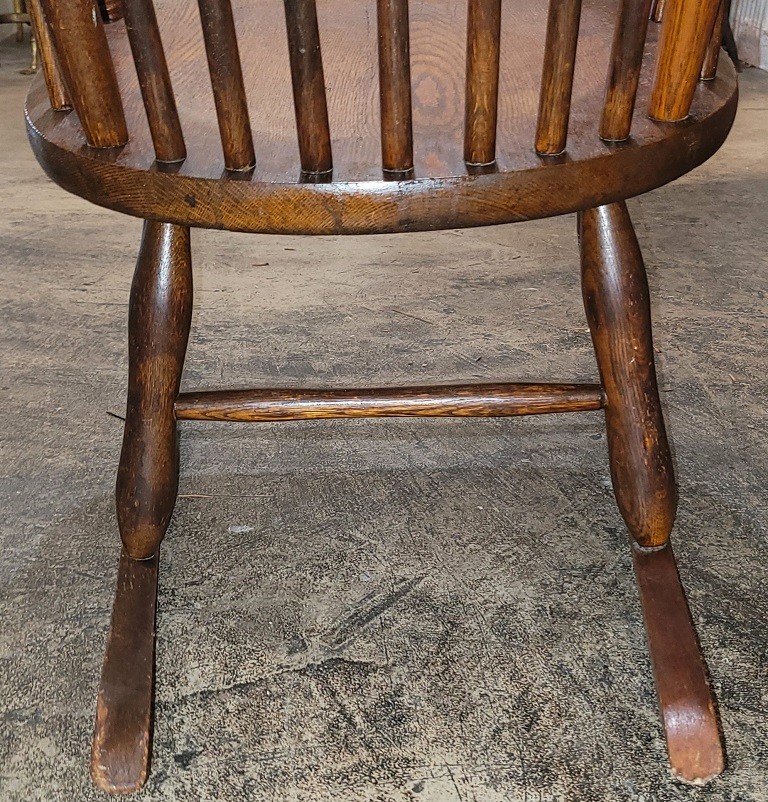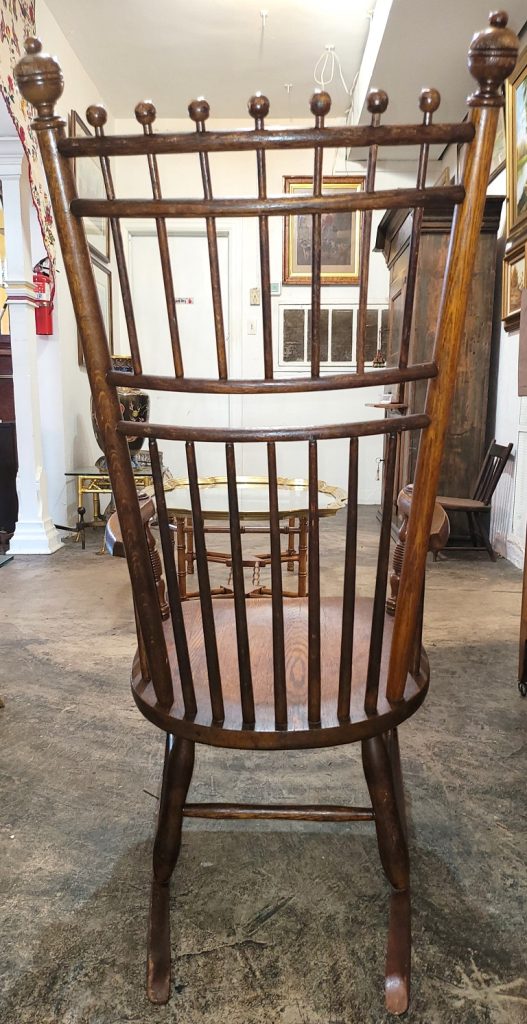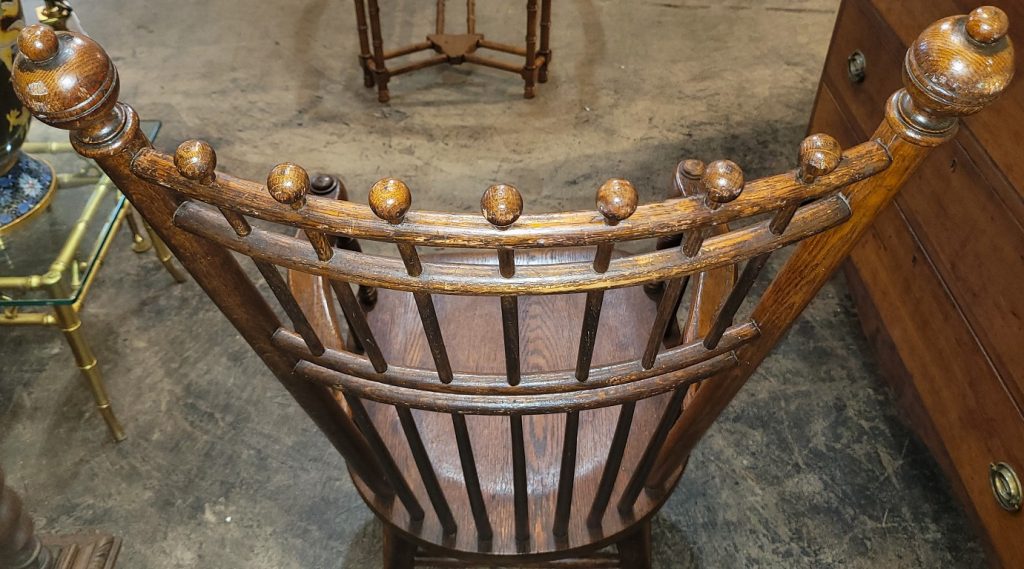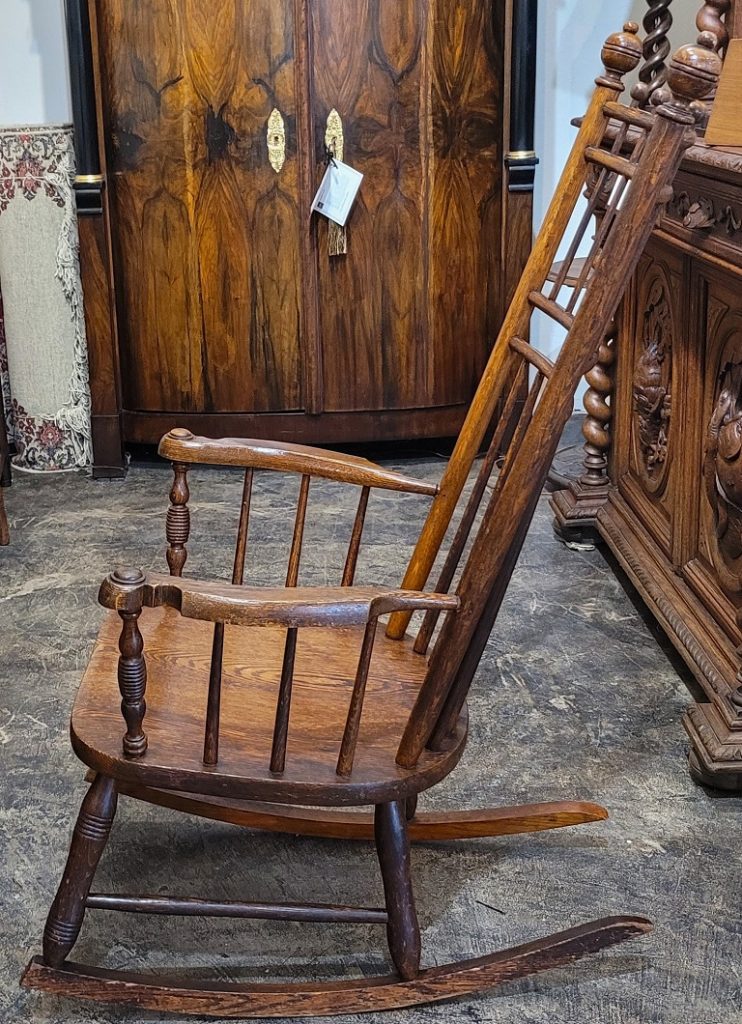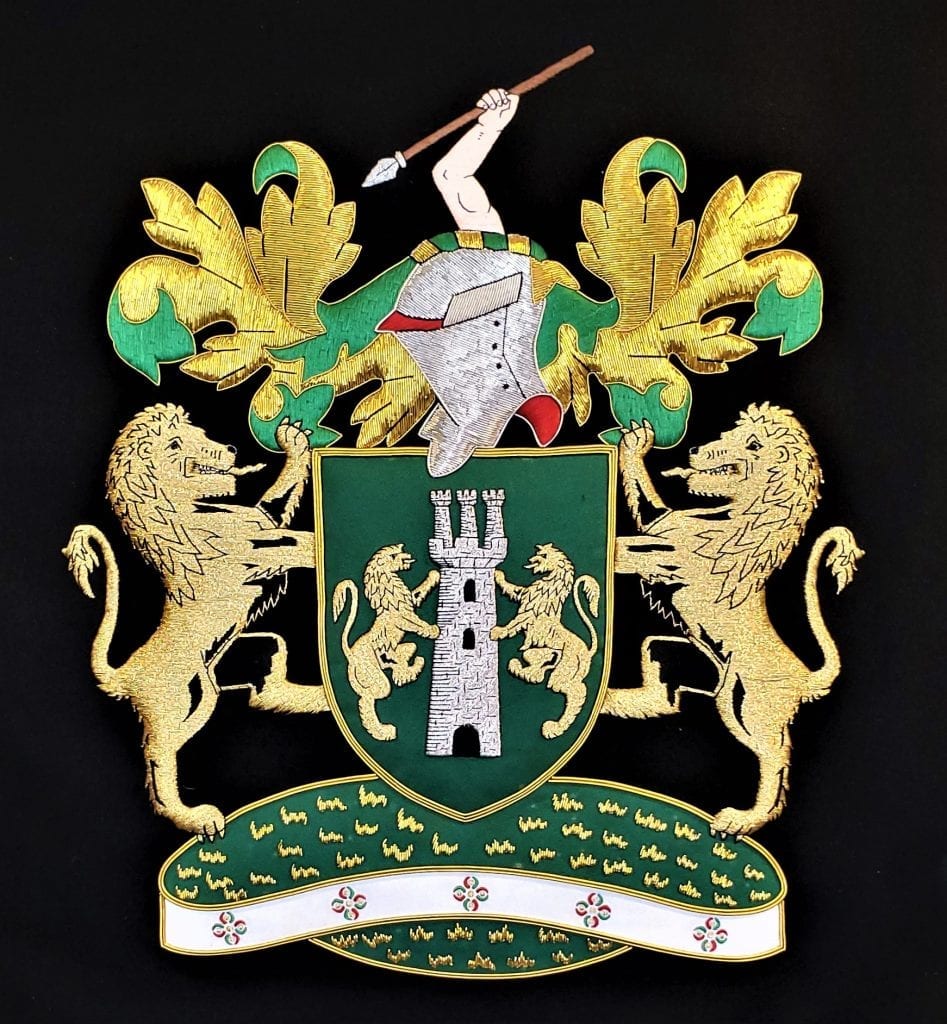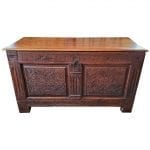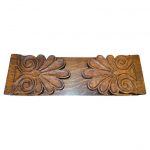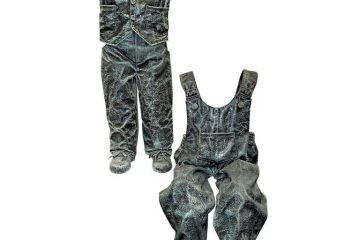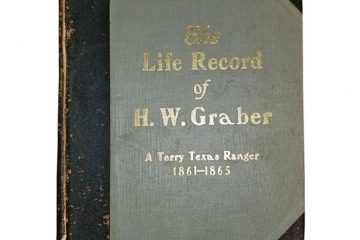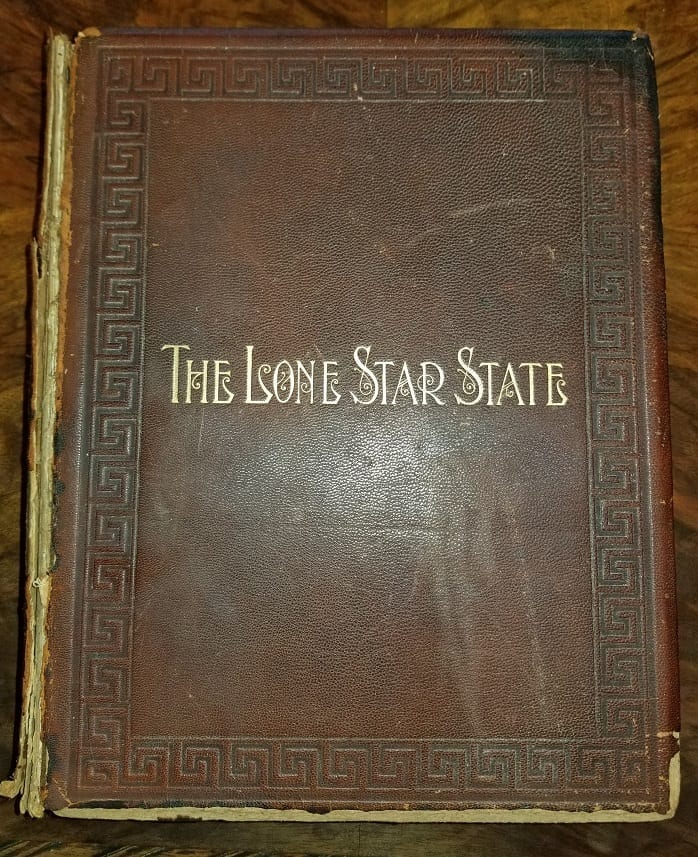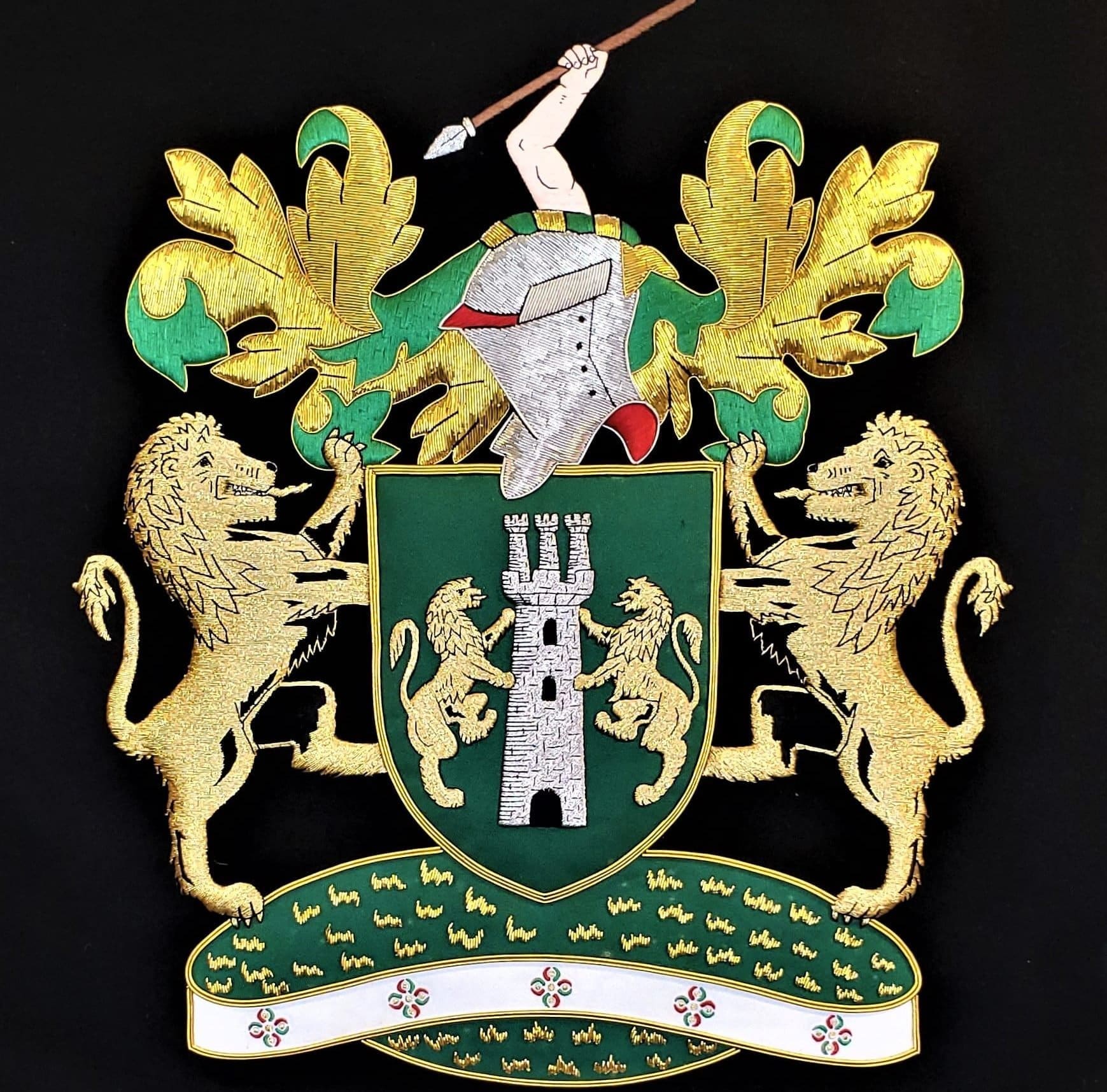Late 19C English Oak Spindle-back Ball Finial Rocker
PRESENTING A LOVELY & RARE Late 19C English Oak Spindle-back Ball Finial Rocker.
Probably made in England or Scotland, circa 1880-90.
Made of oak with glorious naturally aged patina.
Turned supports, turned arm rests.
The back splat consists of 3 central spindle sections, separated by a support and each spindle ends in a ball finial on top.
The main back side pillars end in a turned acorn type finial with ball top.
The armrests are serpentine in shape, with spindle side supports, turned front pillars and end with turned round button moldings/medallions.
The base consists of a rocker base with support pillars, the front facing pillars and supports, each being turned.
We initially thought this was an American rocker, but most American rockers were made from pine, walnut, maple etc. and not normally, oak. Although, many Boston Rockers were in fact made of oak, but the style of this one is not like most Boston ones and certainly not the ball finial top section, as most Boston one’s had a solid carved top section often painted with floral motifs.
Oak was the most common wood used in British provincial furniture at that time and with the history of the ‘family ownership’ being based in Canada, with strong roots in both Scotland and England, leads us to believe that this is either an English or Scottish piece.
THIS IS A RARE ROCKER!
WE CANNOT FIND ANOTHER JUST LIKE IT.
IT IS QUITE POSSIBLY, UNIQUE!
A rocking chair or rocker is a type of chair with two curved bands (also known as rockers) attached to the bottom of the legs, connecting the legs on each side to each other. The rockers contact the floor at only two points, giving the occupant the ability to rock back and forth by shifting their weight or pushing lightly with their feet. Rocking chairs are most commonly made of wood. Some rocking chairs can fold.
Though American inventor Benjamin Franklin is sometimes credited with inventing the rocking chair, historians actually trace the rocking chair’s origins to North America during the early 18th century, when Franklin was a child. Originally used in gardens, they were simply ordinary chairs with rockers attached. It was in 1725 that early rocking chairs first appeared in England. The production of wicker rocking chairs reached its peak in America during the middle of the 18th century. These wicker rockers, as they were popularly known, were famous for their craftsmanship and creative designs. Rocking cradles long predate rocking chairs however and an example exists from antiquity, found in the ruins of Herculaneum.
During the 1830s, Peter Cooper designed the first steel chair in America which was a rocking chair, and was displayed at the Crystal Palace Exhibition in 1851.
Michael Thonet, a German craftsman, created the first bentwood rocking chair in 1860. This design is distinguished by its graceful shape and its light weight. These rocking chairs were influenced by Greek and Roman designs as well as Renaissance and colonial era artistry.
During the 1920s, however, folding rocking chairs became more popular in the United States and in Europe. They were handy for outdoor activities and travel purposes. By the 1950s, rocking chairs built by Sam Maloof, an American craftsman, became famous for their durability and deluxe appearance. Maloof’s rocking chairs are distinguished by their ski-shaped rockers.
Link: https://en.wikipedia.org/wiki/Rocking_chair
Late 19C English Oak Spindle-back Ball Finial Rocker.
Provenance: From a Fine Dallas Estate with roots in Nova Scotia, Canada.
Condition: Very good original condition. Some minor scuffs and nicks through age and use, but nothing significant.
Dimensions: 46 inches tall, 31.5 inches deep and 22.5 inches wide.
Armrest height is 25 inches tall (from the ground)
Seat Height is 15.5 inches, 18.5 inches deep and interior width of 17 inches
Height from seat to top of back is 35 inches
SALE PRICE NOW: $1,600
